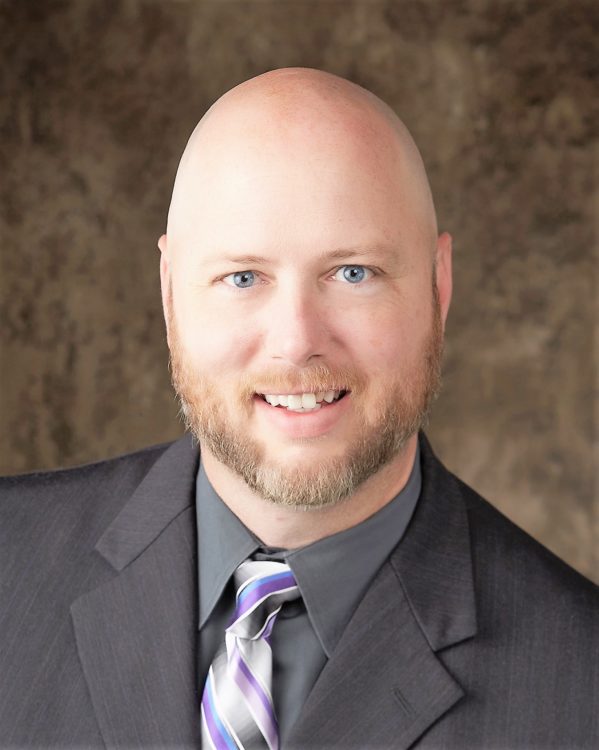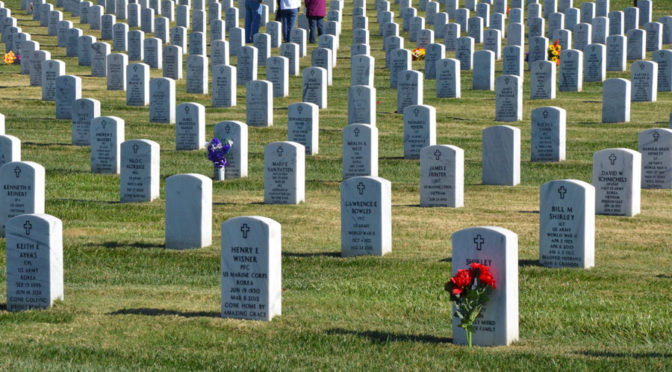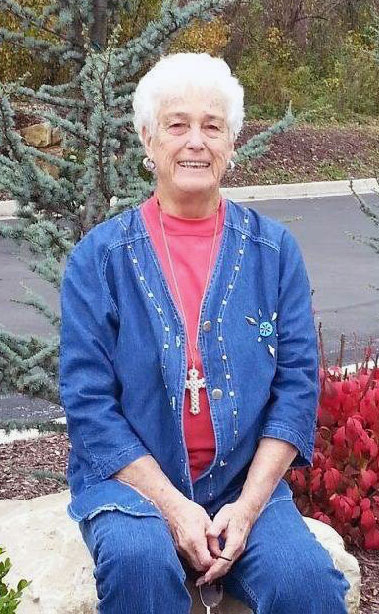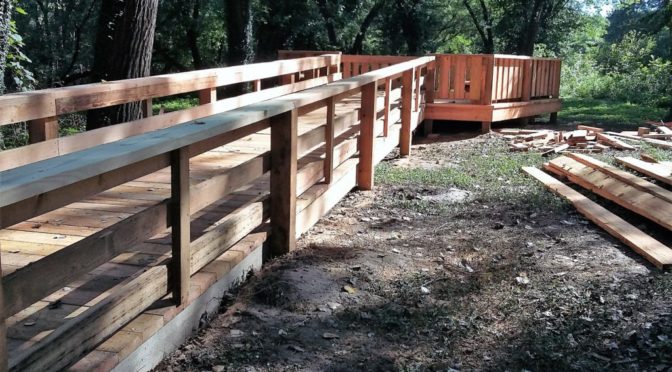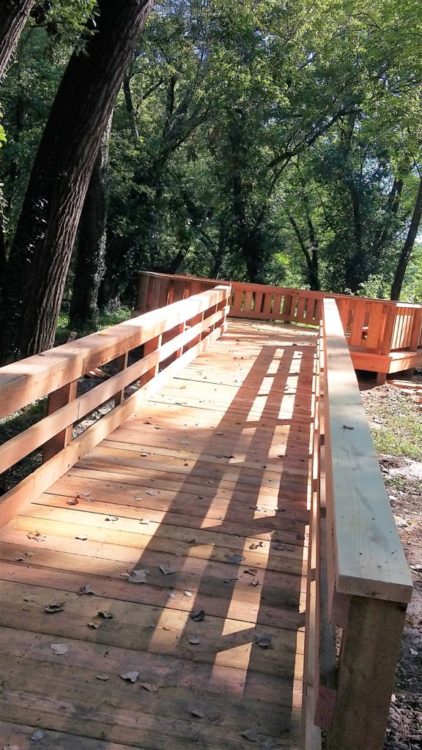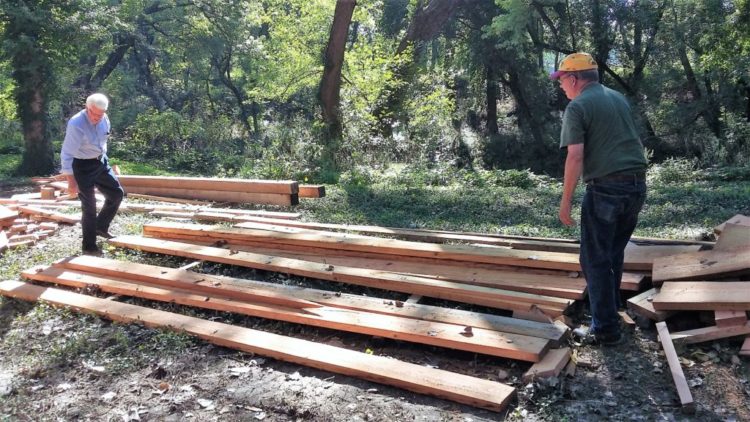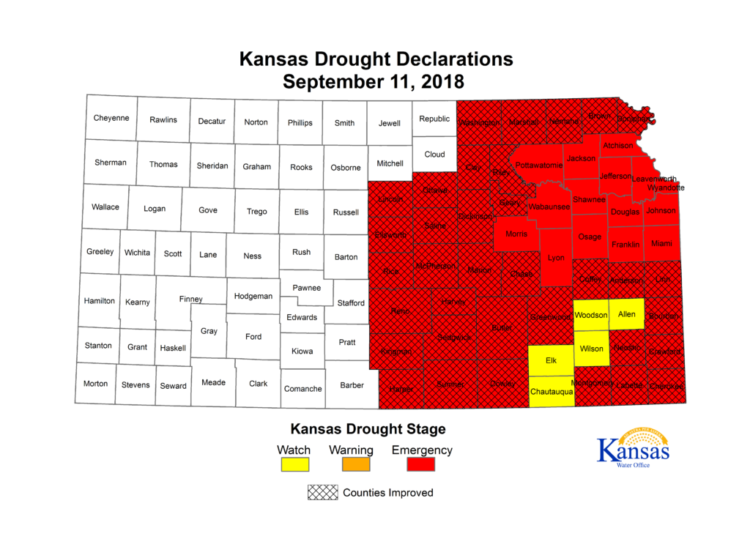
The Governor’s Drought Team examines recent rains and drought conditions
Topeka – Recent rains for many areas of the state have led to evaluating current drought conditions and today Governor Jeff Colyer updated the Drought Declaration for Kansas counties with Executive Order 18-17. The update downgrades 55 counties.
“Kansas has been blessed with much-needed rains recently and we are able to declare many areas of the state now drought free,” said Governor Jeff Colyer. “We are still experiencing drought in the eastern portion of the state and continue to appreciate our federal partners at the Natural Resources Conservation Service as well as the Kansas Association of Conservation Districts for the producer assistance they are able to provide.”
With improvements in drought conditions the updated drought declaration now has 50 counties in emergency status, and five in watch status. This action was recommended by Tracy Streeter, Director of the Kansas Water Office (KWO) and Chair of the Governor’s Drought Response Team.
“Recent moisture has eased some of the drought conditions but we are still experiencing livestock water shortages, and forage production were less than half for most producers in eastern Kansas,” said Tracy Streeter. “Some areas of northeast Kansas are still behind more than 10 inches of moisture for the year.”
Counties in the emergency stage are eligible for emergency use of water from certain state fishing lakes due to the KWO Memorandum of Understanding (MOU) with the Kansas Department of Wildlife (KDWPT). They also become eligible for water in some Federal reservoirs. For more information about this availability contact KWO.
This Executive Order and any authorized upgrade shall remain in effect for those counties so identified until rescinded by Executive Order or superseded by a subsequent Executive Order revising the drought stage status of the affected counties. Effective immediately:
- Declare a Drought Emergency, Warning or Drought Watch for the counties identified below;
- Authorize and direct all agencies under the jurisdiction of the Governor to implement the appropriate watch or warning or emergency level-drought response actions assigned in the Operations Plan of the Governor’s Drought Response Team.
The Governor’s Drought Response Team will continue to watch the situation closely and work to minimize the effects the drought has on Kansans.
For more detailed information about current conditions, see the Kansas Climate Summary and Drought Report on the Kansas Water Office website at www.kwo.ks.gov.
County Drought Stage Declarations:
Drought Emergency: Anderson, Atchison, Bourbon, Brown, Butler, Cherokee, Clay, Coffey, Cowley, Crawford, Dickinson, Doniphan, Douglas, Ellsworth, Franklin, Geary, Greenwood, Harper, Harvey, Jackson, Jefferson, Johnson, Kingman, Labette, Leavenworth, Lincoln, Linn, Lyon, Marion, Marshall, McPherson, Miami, Montgomery, Morris, Nemaha, Neosho, Osage, Ottawa, Pawnee, Pottawatomie, Reno, Rice, Riley, Saline, Sedgwick, Shawnee, Sumner, Wabaunsee, Washington, Wyandotte
Drought Watch: Allen, Chautauqua, Elk, Wilson, Woodson






